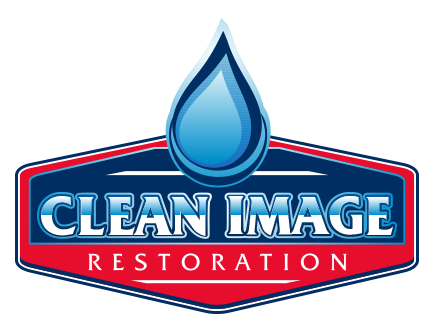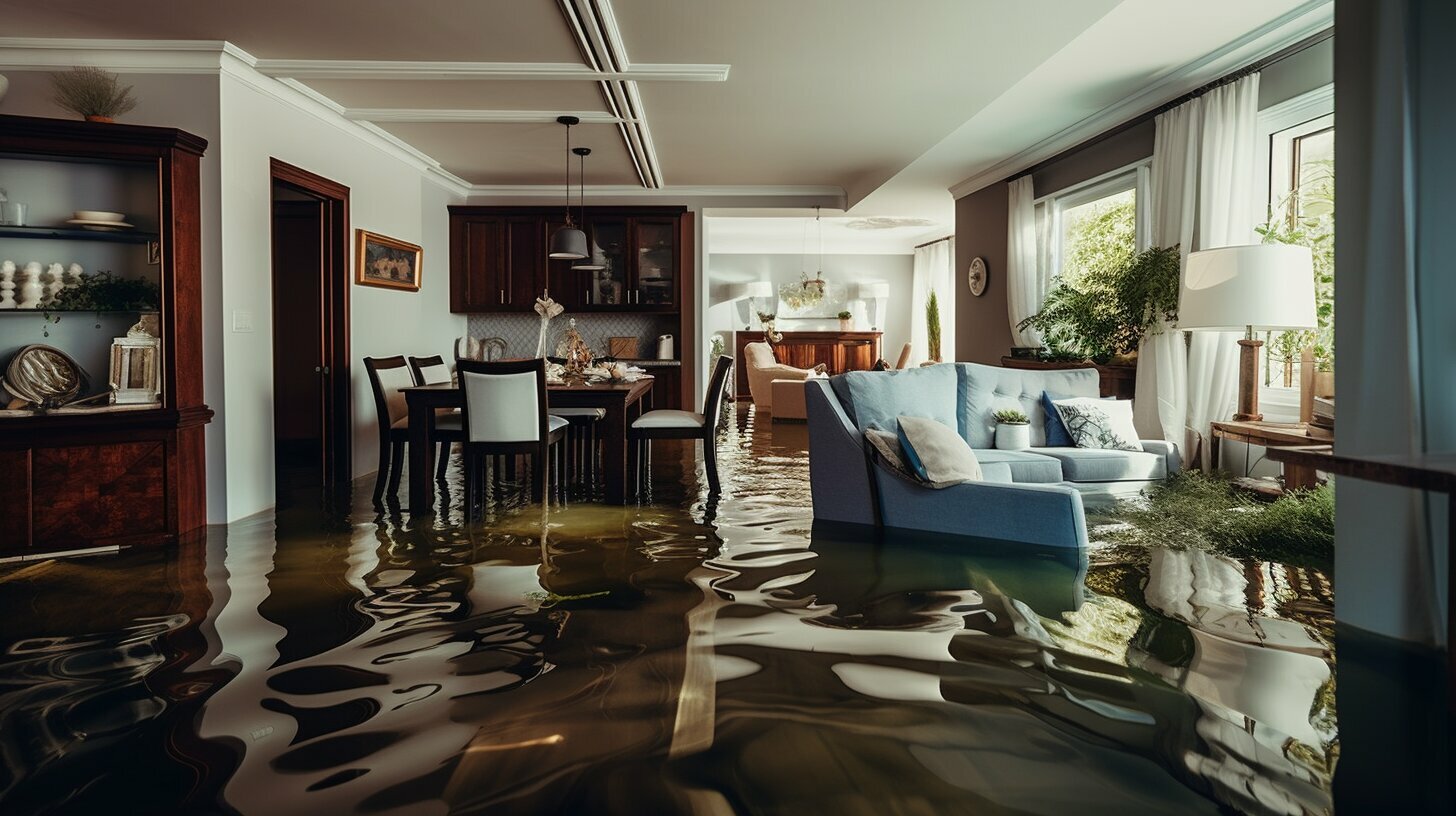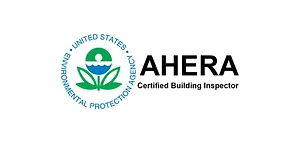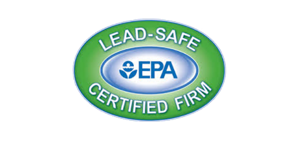Ever thought about how water gets taken out after floods or pipe bursts, saving places from ruin? Knowing this lets you see the steps needed to fix a building.
Key Takeaways
- Water removal, or water extraction, is essential after water damage events like floods or pipe bursts.
- Professionals assess the severity of the damage before employing industrial equipment for water cleanup.
- Careful drying processes and moisture monitoring help prevent structural damage and mold growth.
- Companies like Clean Image Restoration use advanced techniques for detailed inspections and personalized restoration plans.
- Removal of unsustainable materials and sanitation ensures the property’s infrastructure is fully restored.
Introduction to Water Removal
Water removal tackles the impact of water getting into places it shouldn’t. This happens through various routes like leaky pipes, backed-up sewers, or nature’s fury. Its goal is to do more than just get water out. It aims to save what’s valuable, stop mold, and bring back the place.
After a flood, quick clean-up is key. Companies like Clean Image Restoration get to work fast. They use special gear such as pumps and moisture finders to pull water from everywhere. This action, called emergency water removal, fights damage in carpets, walls, and more.
Water extraction isn’t the same as water mitigation. The first only removes water. But the second adds actions like pulling out soaked stuff and controlling the air’s wetness.
Letting pros handle water damage is wise. They act fast with the best tools and knowledge. This is crucial for a job well done and to save the area’s condition.
The Causes of Water Damage
Finding what caused water damage is key to stopping its spread. Damage can come from different places, like heavy rain or broken appliances. Natural disasters are big culprits, causing flood damage. Also, appliances like dishwashers and washing machines that don’t work right.
Burst pipes are a common issue that leads to a lot of indoor water. Along with this comes plumbing problems. Think about drains getting clogged or faucets that leak. This can cause water to not be able to drain the right way. In bad situations, this can even mean sewage backup, which is very dangerous and needs quick attention for both health and safety.
There are also situations where a building’s design causes water damage. Roofs that don’t drain right or sprinklers that leak can let water in. This can hurt the building if not fixed soon. This kind of damage can also make mold grow, which is bad for people’s health.
- Natural Disasters
- Flood Damage
- Burst Pipes
- Sewage Backup
- Appliance Failures
- Structural Issues
Initial Steps in Water Removal
The process to remove emergency water starts right away. These steps are key to stop more water from coming in and start the clean-up right.
Preparation for getting rid of the water involves:
- Stopping the flow of water to prevent additional damage.
- Documenting affected areas for accurate insurance claims.
- Using advanced water extraction tools.
After checking the water, experts know what steps to take for the best clean-up.
How Does Water Removal Work?
Water removal starts by using strong pumps and vacuums. These tools are key for taking water out. They handle both the water you can see and the moisture trapped inside things. This quick moisture removal is important as it helps everything dry faster. It’s a big step in getting places back to how they were before any damage.
Advanced Water Removal Techniques
When dealing with hidden water, special tools and methods are needed. For example, infrared thermal imaging helps find hidden moisture. This is important for stopping mold and further damage.
Removing water is just the start. Powerful tools like submersible pumps and big dehumidifiers get used for complete drying. They help take out the water you see and the moisture stuck in things.
The Importance of Professional Water Removal Services
Hiring certified water restoration experts is key to a successful property recovery after water damage. Companies like Clean Image Restoration not only come with high-tech tools but also a lot of knowledge.
Their skills mean they can approach the complete restoration process. This includes everything from checking the damage to water removal, drying, monitoring, and fixing everything up again. They use their training to deal with different levels of contamination. Their scientific methods are focused on getting your property dry and safe.
Conclusion
Water removal is complex work needing expert skill and top gear. From start to finish, every part of the process tackles the water’s challenges.
They act fast, first removing water urgently, then using advanced drying. These methods help stop more damage and reduce risks like mold. They use special tools like infrared cameras and big dehumidifiers. This makes sure all moisture is gone, returning places to how they were before.
With time, the way water is dealt with improves, getting better with new tech and science.
By using the latest in repair work, these companies show what great and trusty service is all about. They are leaders in handling water disasters efficiently and with care. Their focus on staying at the forefront in their industry means you can count on them after any water accident.






